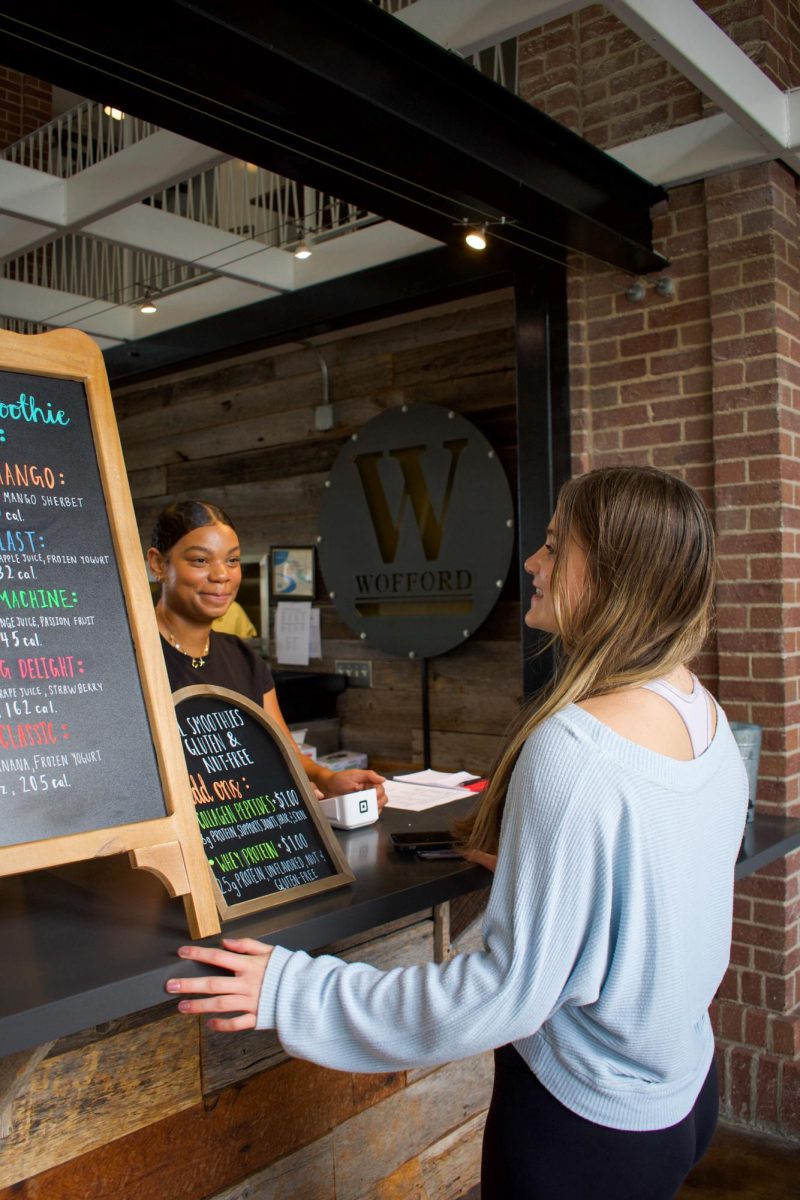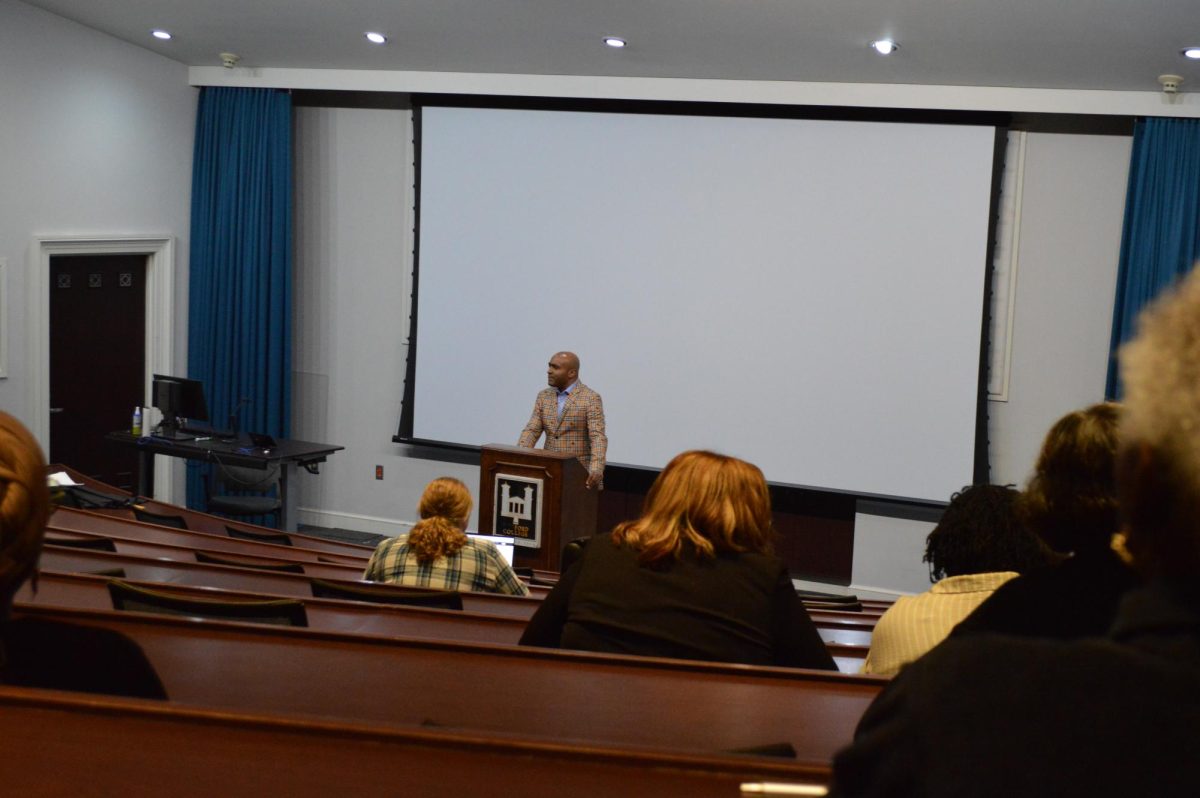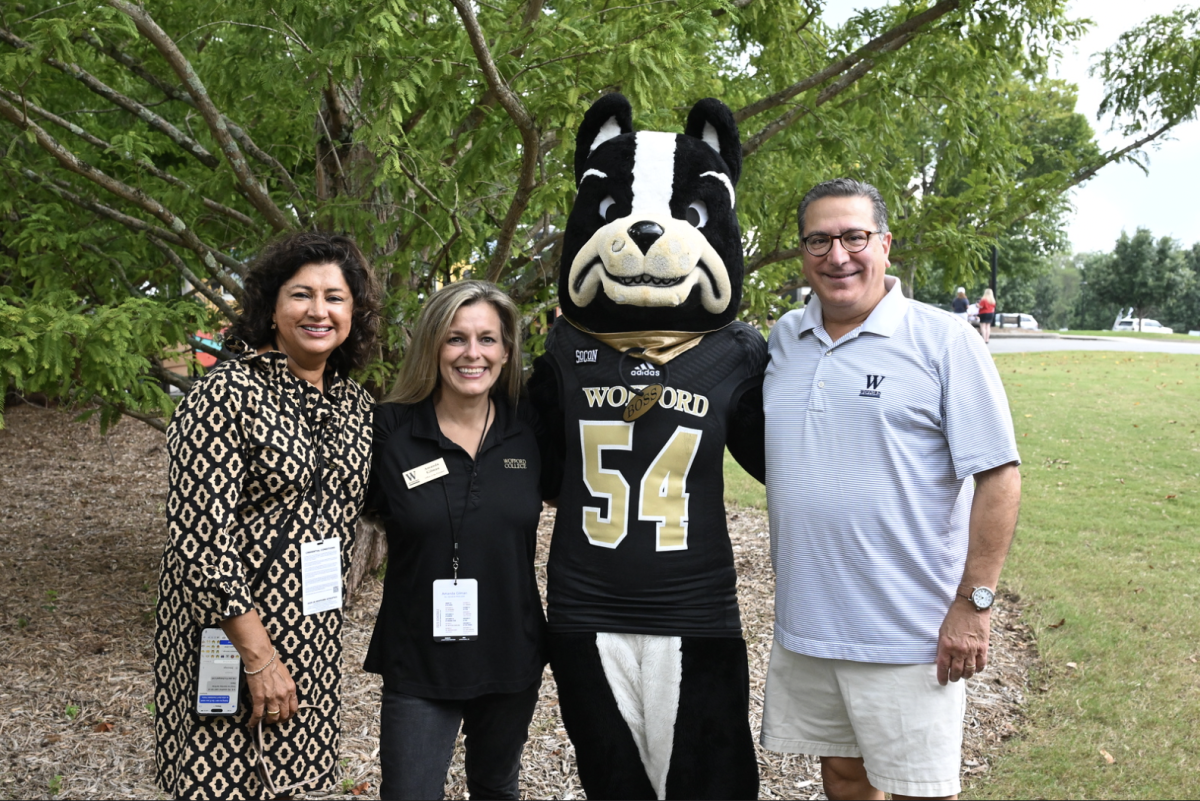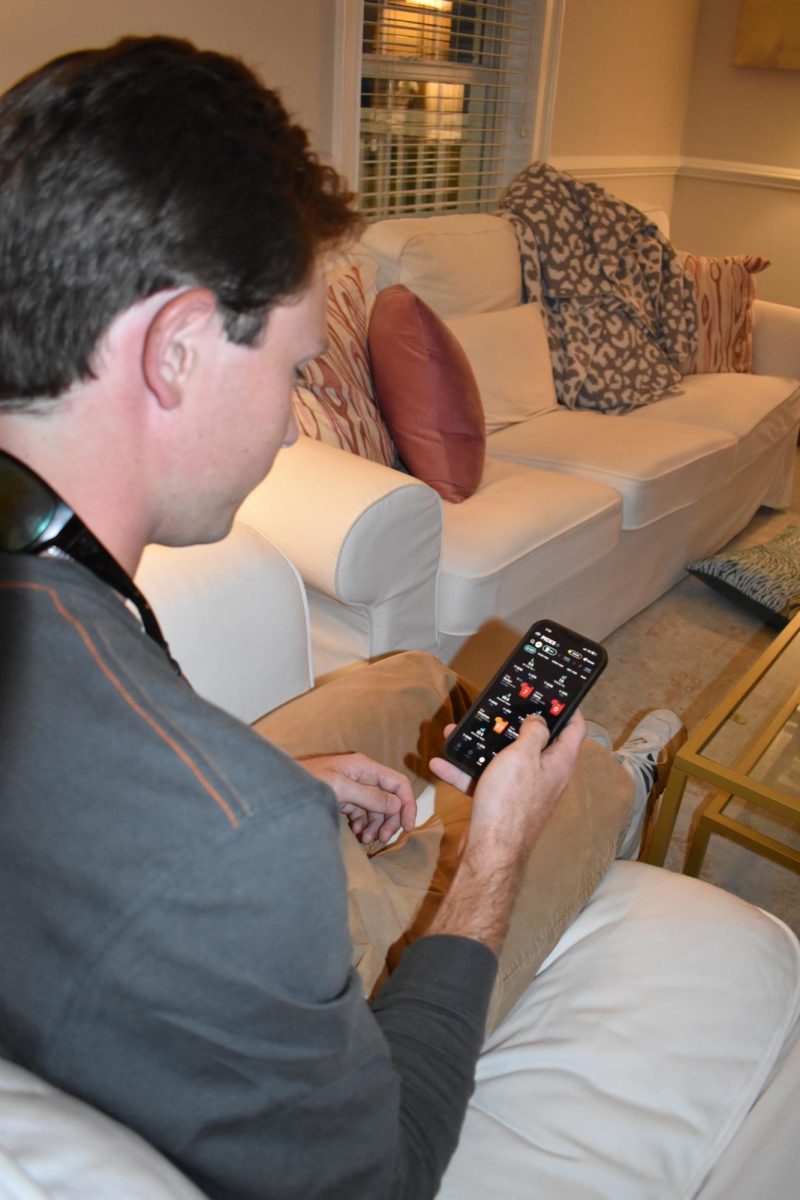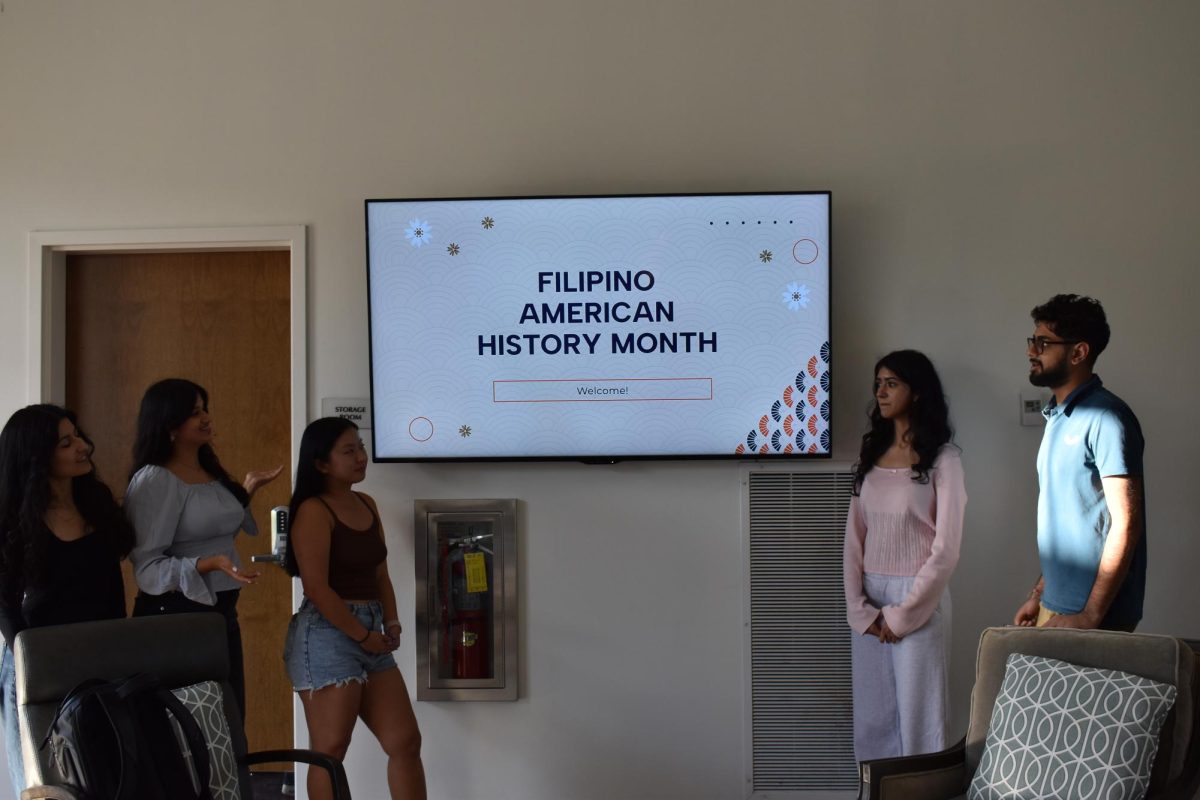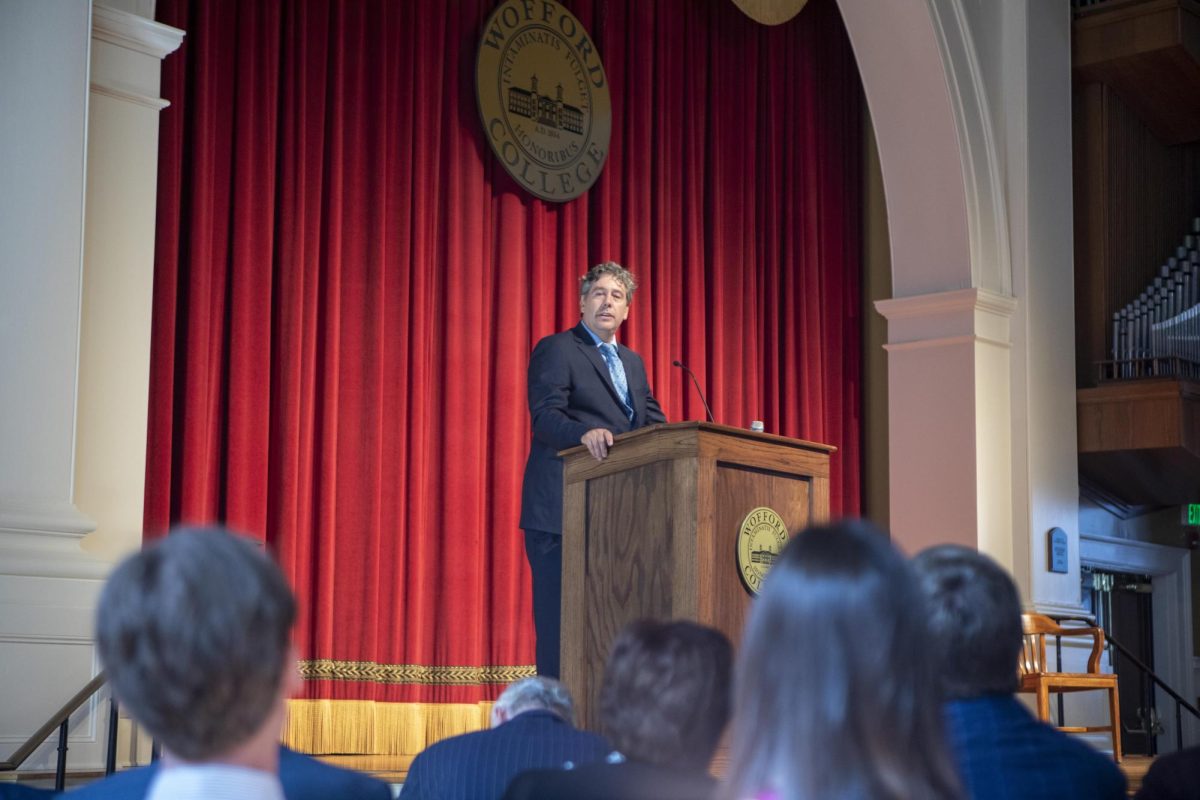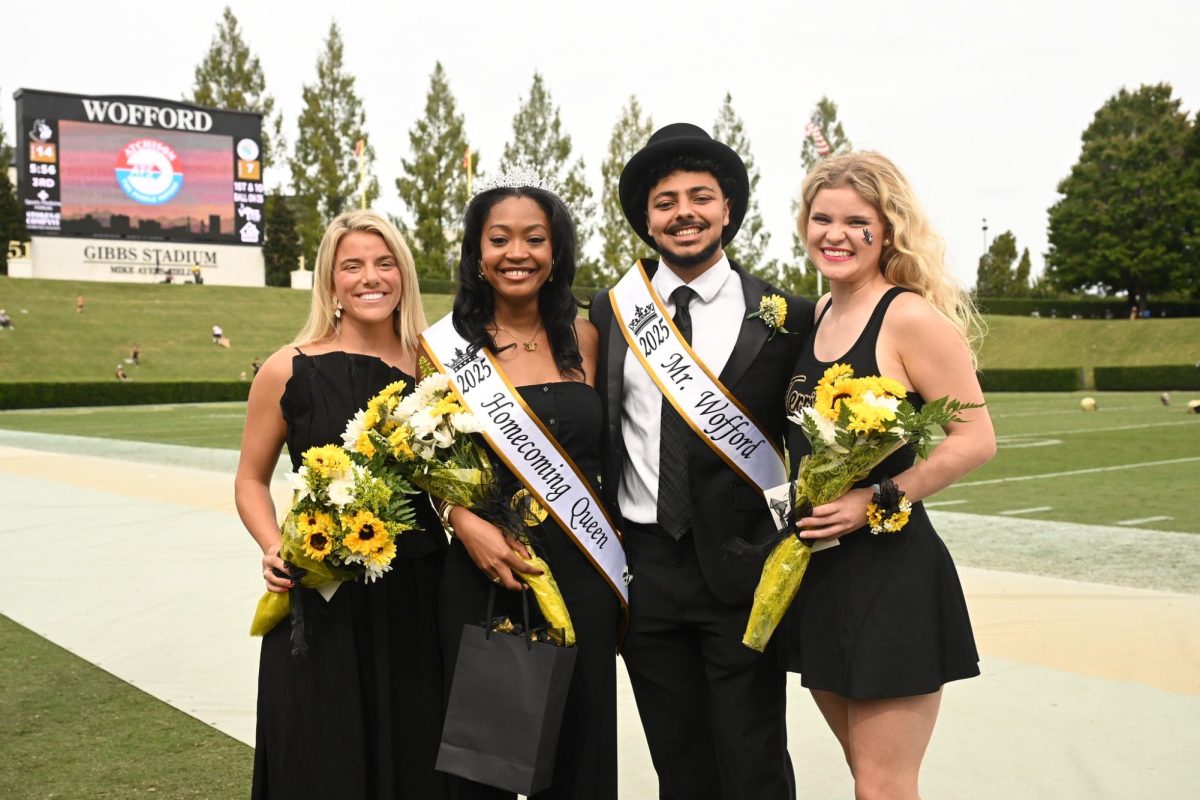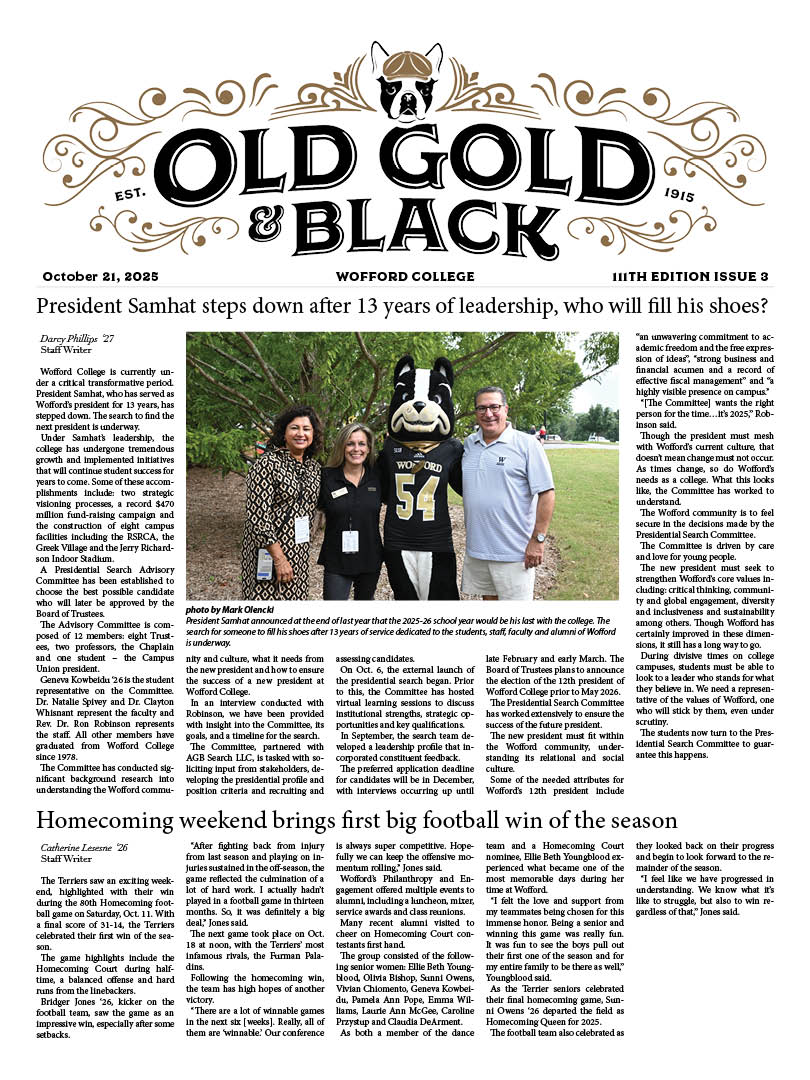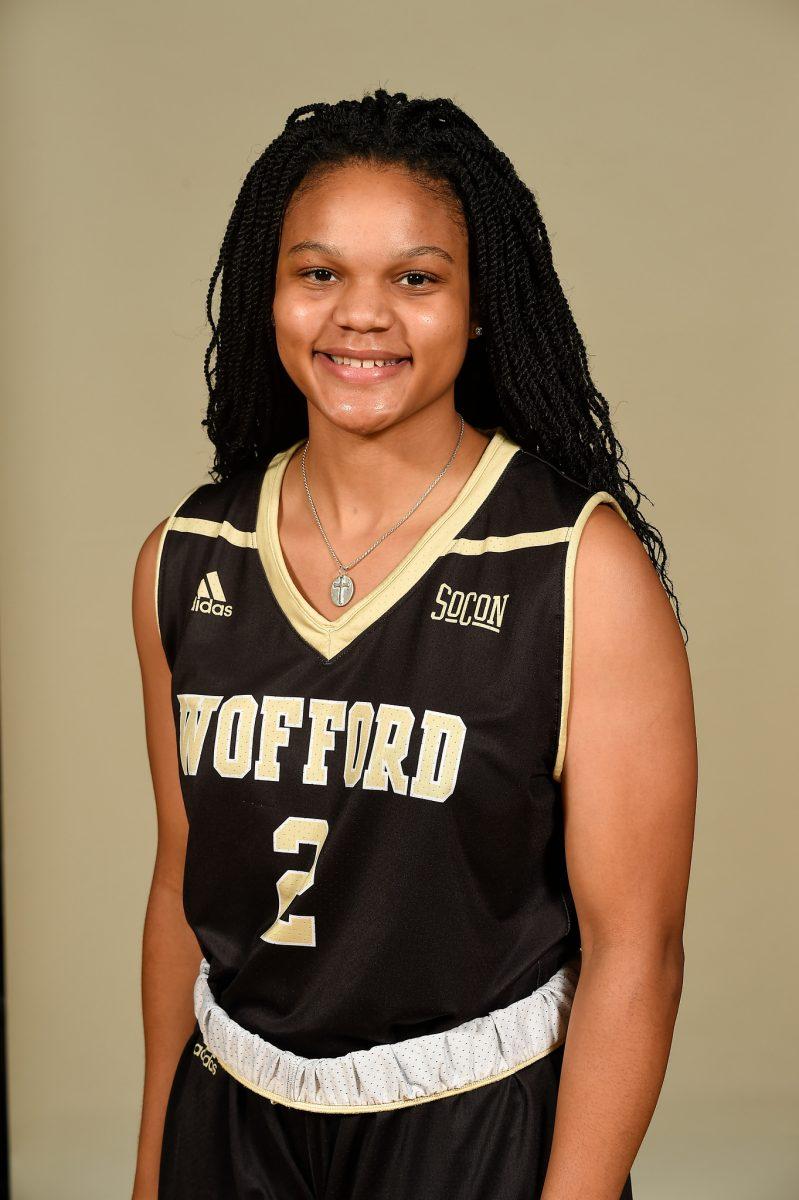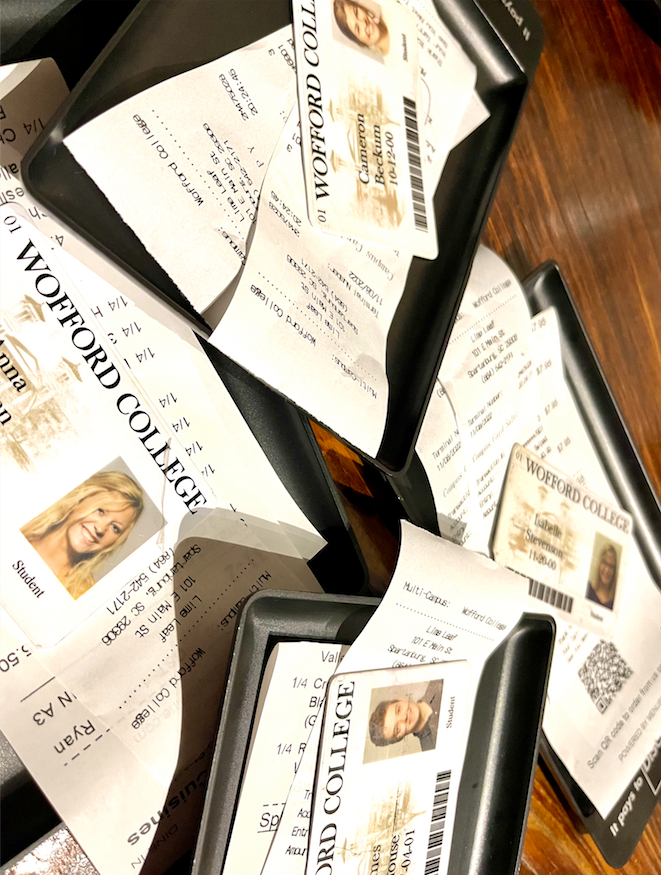On July 1, 2021, college athletes around the country were granted “the opportunity to benefit from their name, image, and likeness,” per the Board of Governors, the legislative arm of the National Collegiate Athletic Association (NCAA).
Name, image and likeness (NIL) is the term used to describe an athlete’s brand and personal identity as an athlete. NIL is the only way in which college athletes may get paid.
Essentially, the shift by the NCAA this summer to allow athletes this opportunity means that student athletes are now permitted to accept sponsorship and funding that exclusively uses their NIL. It is important to note, however, that the NIL shift does not allow for a “pay to play” model wherein students are paid for their membership on an athletic team or athletic performance.
Prior to this change this summer, student athletes were prohibited from receiving any form of compensation from outside sources whatsoever. This included anything from food to T-shirts from unaffiliated sponsors.
But with this new policy, it is worth asking what athletes at Wofford stand to gain.
Niyah Lutz ‘22, a guard on Wofford’s women’s basketball team, shared that the process of getting sponsorships is fairly easy, depending on how much effort you are willing to put into it. For many, the first step is simply reaching out to brands and asking if they are interested in sponsorship.
“Once we first heard about the new rules, my teammates and I sent our information to a bunch of our favorite companies via Instagram or Twitter,” Lutz said.
Every company and athlete is different. Some students will receive offers directly from the businesses, presenting heftier benefits than others would. Benefits range from sponsorship to sponsorship. At Wofford, the most common benefit is merchandise.
“I know for Barstool they send a few hoodies and sweatpants,” said Lutz. “For the most part no matter what you are repping, they’ll send merchandise.”
Aside from merch, the bulk of actual dollars, however, comes from shopping done online, using a designated and special link, similar to those used by influencers and bloggers.
“For someone like me, it’s if you can sell this much merchandise via this link then you have a piece of the profit,” Lutz said.
Lutz says it is all about name recognition when it comes to benefiting from product sales. Smaller schools like Wofford do not see nearly as many substantial sponsorships as big-name athletes at schools like the University of Alabama or Clemson. At these larger institutions, upwards of 1 million dollars in profits have been reported by some athletes.
“You’re only making the big bucks if your name is big,” Lutz says.
Samuel Keenan, director of compliance in the Wofford College athletics program, shared that NIL changes have been modest on the whole, but that compliance with the new policy has been smooth.
“Publicity gains for Athletics have been relatively small, and I think this is the case because our student-athletes have talents outside of their athletic ability, so their marketability isn’t solely focused on their status as an athlete,” Keenan said.
The process, however, involves a level of corporate engagement that some athletes may find overwhelming when paired with their athletic and academic involvement.
“Half of the team is made up of seniors, so for some of us we didn’t know if it’d be worth it (to take advantage of the shift) since we only had a year left,” Lutz said.
While the future of NIL sponsorships at Wofford is unclear, the groundwork has been laid, and the way is clear for the posterity of student athletes on campus. Only time will tell just how sizable the benefits of these sponsorships will be in the long term.

